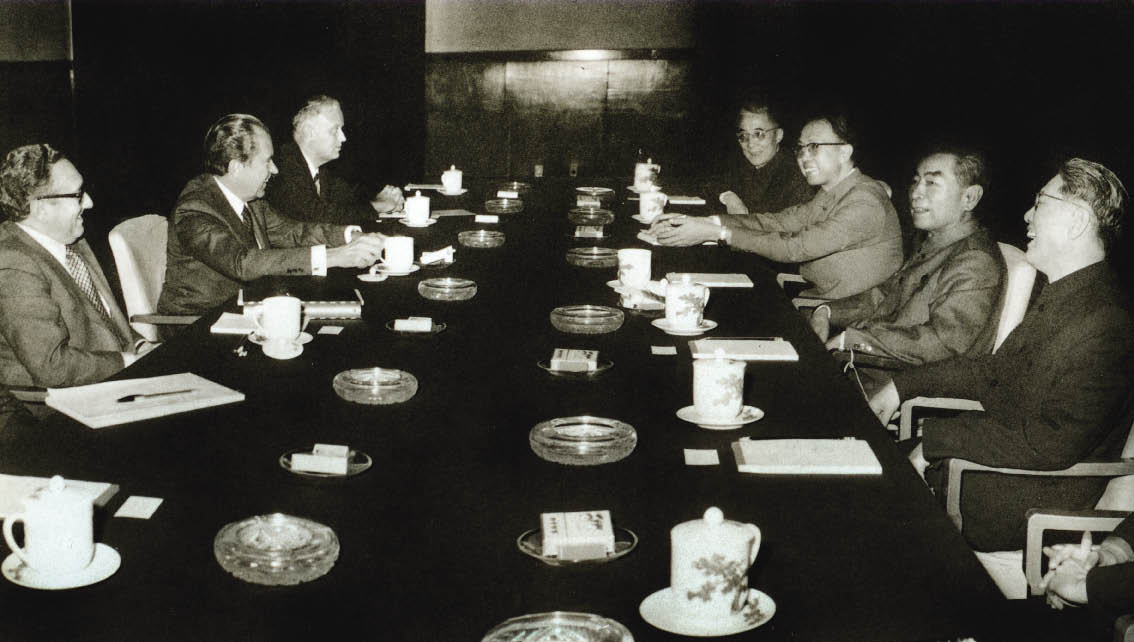| Bold Shanghai – Nostalgia and New Beginnings
SHANGHAI is the symbol of China's modern prosperity and opening to the outside world, though its outward reach dates back as early as 1,000 years ago when this city at the estuary of the Yangtze River in East China opened its port to Japan and Korea. By the Ming Dynasty (1368-1644) it had become famous for its prosperous commerce zone and dense urban population.
Take any age however, and Shanghai was always regarded as a modern metropolis. In 1840, Britain forced open the door to China with its warships, and Shanghai was one of the five ports open to foreign powers. On December 9, 1845, the mouth of the Suzhou River was designated the British settlement, the first foreign concession established in Shanghai. In 1848, the American concession was established north of the British concession, in Hongkou on the north bank of the Suzhou River. In 1849, the French concession was established south of the British concession, on the land between the Shanghai county town and Yangjingbang Creek. In the days of concessions, Chinese inhabitants and foreigners resided separately, but with other cultures pursuing their interests within its territorial limits, Shanghai's economy developed rapidly and benefited everyone. The "ten-mile leased land" became world-renowned place of prosperity and the origin of China's industry.
 |
|
In the Seventies as in the Thirties, Shanghai attracted VIPs: here Premier Zhou Enlai and President Nixon sign the joint communique in 1972. Cnsphoto |
In a decade, Shanghai soon overtook Guangzhou to become the national center of foreign trade. In 1844, there were only 11 foreign companies in Shanghai, and the total volume of imports and exports was less than one-sixth of Guangzhou's. After 1855, the number of foreign companies in Shanghai increased to 120, and by the end of the 1860s, Shanghai's total volume of exports more than tripled that of Guangzhou. Even in the 1960s when China was closed, it was still an important window on the outside world. In 1972, then Premier Zhou Enlai met American president Richard Nixon in Shanghai, opening a new chapter in the Sino-US relations. In 1990, the establishment of Pudong New Area heralded the city's new splendor.
Shanghai's history features business and social milestones. In 1844, the British firm Jardine Matheson set up office there and opened a navigation route between Shanghai and Hong Kong. In the same year, a British missionary established Shanghai's first modern printing house and a Western medicine clinic. In 1848, Britain's Oriental Bank set up a branch in Shanghai. In 1850, Shanghai's first racecourse held its first race, and the first foreign-language newspaper was published. The Western lifestyle began its climb in popularity, never to wane. Large quantities of foreign capital poured in, mainly in shipbuilding, silk reeling and other industries that were advantageous for export. Shanghai became an important base for most foreign banks and foreign shipping companies in China.
|
